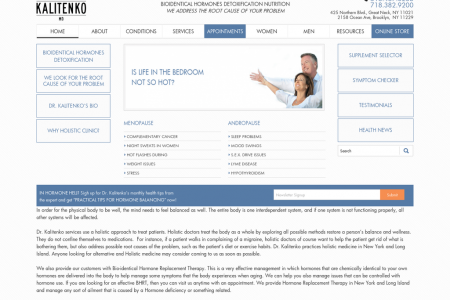
Can Social Media Feed Eating Disorders?
CAN SOCIAL MEDIA FEED EATING DISORDERS? Experts believe that the rise in eating disorders is down to an increase in pressure on young people today, of which Social Media could be a key factor. Eating disorders are caused by a complex combination of factors Genetics Psychology Culture Environment Eating disorders are on the rise 15% •110% The number of children and teenagers seeking help for an eating disorder has risen by 110 per cent in the past three years. There has been a 15 per cent increase in diagnoses of eating disorders since 2000. ...and can be deadly 20%* 20% Eating disorders have the highest mortality rate of any mental illness. Of people suffering from anorexia, 20 per cent will prematurely die from related complications, including suicide and heart problems. No safe spaces in today's interconnected world Teens now maintain a constant online presence on Social Media, through multiple devices, 24 hours a day. 95% of those aged 12-17 use the internet 8/10 use a form of Social Media f67% of teens use Social Media daily Dangerous online trends emerging #Pro-Ana #Thigh-Gap The portrayal of anorexia as a lifestyle choice rather than a disease or disorder. Glorifying the idea of having a visible space between the thighs. #Pro-Mia #Thinspiration Bulimia as a lifestyle choice rather than a disease or disorder, Popular hashtag intended to provide inspiration for anorexia and bulimia. 96% It is thought that up to 96% of teens diagnosed with an eating disorder, who visited these sites, learned new dieting and purging techniques. In April 2012, Instagram banned #thinspo and updated its community guidelines to ban images of self-harm and make associated hashtags unsearchable. Pinterest and Tumblr both updated their policies too. But the effectiveness of these measures has recently been called into question. It is still not difficult to find Pro-Ana and Pro-Mia content on all of these sites. Social Media as a positive influence Fighting back Users are flooding the #Pro-Ana, #Thinspo and #Pro-Mia hashtags with content that challenges the Online support There are online support networks to help those with anorexia. beliefs that these serious disorders Strict rules include: • No personal pictures. • No sharing body weights or calories. are healthy. Doctors can also post and interact with patients out of hours. 34%. 46% improve on current symptoms of anorexia nervosa patients fully recover 10 tips for overcoming an eating disorder Understand that eating disorders are not only unhealthy but dangerous. 2 Take responsibility and take action. 3 Learn to listen and become aware of the strong negative emotions that lead to behaviours such as binging, purging or restricting. 4 Express and document these feelings. 5 Stop comparing yourself to others. Be aware of what you are saying to yourself and eliminate negative self-talk. 7 Try to change behaviours. 8 Get rid of the scales. 9 Identify triggers. 10 Seek professional help. LIFE WORKS Sources www.kcl.ac.uk/iop/news/records/2013/May/Eating-disorders-increase.aspx http://www.independent.co.uk/life-style/health-and-families/health-news/ exclusive-eating-disorders-soar-among-teens-- and-social-media-is-to-blame-9085500.html www.b-eat.co.uk/about-beat/media-centre/facts-and-figures/ www.pewinternet.org/fact-sheets/teens-fact-sheet/ www.socialworktoday.com/archive/092109p20.shtml http://www.anred.com/stats.html 10 tips for overcoming an eating disorder - LIFE WORKS
Can Social Media Feed Eating Disorders?
Source
http://www.l...rders.htmlCategory
HealthGet a Quote












